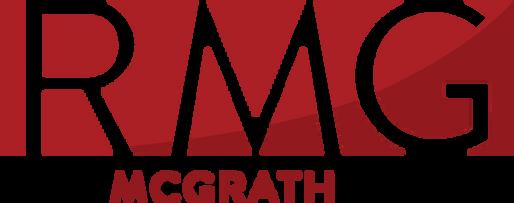






The coming year promises to be one in which long-held assumptions about how business works are going to be thoroughly upended. While this might seem threatening, historically, periods of uncertainty create unprecedented opportunities for those willing to embrace new realities.


Science fiction writer Arthur C. Clarke famously observed that “ any sufficiently advanced technology is indistinguishable from magic.” A lot of our new technologies are magical indeed – consider the modern smartphone that made flashlights, recording devices, cameras, health monitors, paper maps, calendars and … oh yes, communication devices obsolete by including all those things in one tiny little package.
This de-materialization trend intersects fascinatingly with the ongoing deglobalization movement. We're seeing a profound shift from the "world is flat" assumption that dominated strategic thinking for decades. As Ram Charan and I have written about, global trade is being reshaped from the assumption of safe, optimized supply chains that stretched across the world to localization, “friendshoring” and far more close-in trading.


If Satya Nadella, CEO of Microsoft, is to be believed, the advent of agentic AI spells the beginning of the end for how we interact with software. In a recent podcast, he suggests that the future will be a concatenation of databases, with the basic functions of CRUD (create, read, update, delete) and that properly trained agents will interact directly with the data in those databases, rather than going through some kind of software with a programmed business logic in the middle.

This technological evolution is also forcing a rethinking of organizational structures. As I’ve written about before, another consequence of technology evolving is that many of the tasks performed by traditional bureaucratic structures aren’t going to be necessary. As Bill Anderson, the CEO of Bayer puts it, “There was a time for hierarchical, command-and-control organizations–the 19th century, to be exact, when many workers were illiterate, information traveled at a snail’s pace, and strict adherence to rules offered the competitive advantage of reliability.”

While technologies and their evolution are unpredictable, demographics are not. Among the things which are utterly predictable are some key demographic shifts that will shape our landscape beginning this year. One is an unprecedented wealth transfer to women among the Baby Boomer generation. This isn't just about changing investment patterns – though the preference for community and family-oriented investments over pure index-beating strategies is significant.



Start by identifying your organization's core assumptions. What do you take for granted about your business model, your customers, your industry structure? Then ask: What if those assumptions weren't true anymore? The answers might be uncomfortable, but they'll also point the way toward your next strategic moves. Remember: In times of massive uncertainty, the worst strategy is to wait for clarity. By the time the path forward becomes obvious, the biggest opportunities will already be gone.


Want to spark some thinking in your own organization?
Book Now

https://thoughtsparks.substack.com/

